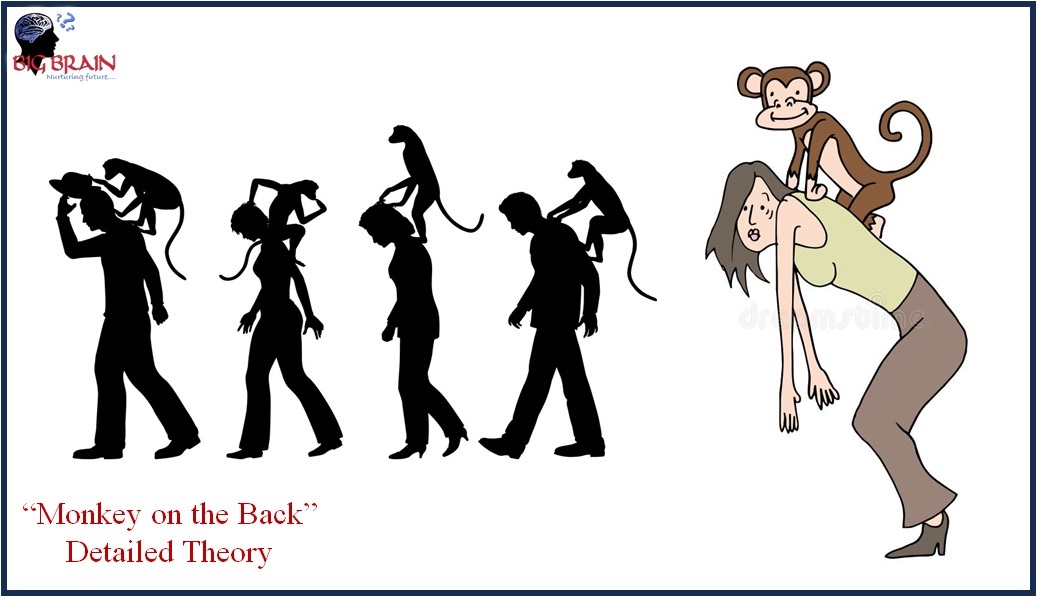Origin and Meaning
The phrase “monkey on the back” originates from an old expression, “having a monkey on one’s back,” which describes a burdensome problem or persistent difficulty that a person cannot easily shake off. The metaphor evokes the image of a monkey clinging to someone’s back, representing an ongoing struggle that weighs the person down.
Application and Context
- Personal Life:
- Addiction: One of the most common contexts for this metaphor is in discussing addiction. The “monkey” represents the addictive behavior or substance that a person feels compelled to indulge in, despite knowing its negative consequences.
- Mental Health: It can also refer to chronic mental health issues, such as depression or anxiety, which persistently affect an individual’s well-being.
- Chronic Problems: Persistent issues like debt, a difficult relationship, or a recurring health problem can also be described as a monkey on one’s back.
- Professional Life:
- Workplace Stress: In a professional context, this phrase might describe ongoing workplace challenges, such as a demanding project, an overbearing boss, or job insecurity.
- Career Stagnation: It can also refer to the feeling of being stuck in a career without opportunities for advancement or fulfillment.
- Behavioral Context:
- Bad Habits: The theory can be applied to describe the struggle to overcome bad habits like procrastination, poor eating habits, or lack of exercise.
- Performance Pressure: Athletes and performers may describe the pressure to constantly excel and the fear of failure as a monkey on their back.
Psychological Insights
- Burden and Stress: The monkey symbolizes a burden that causes stress, anxiety, and a sense of helplessness. It can affect a person’s ability to function effectively in daily life.
- Persistence: The metaphor highlights the persistent nature of the problem. Unlike a fleeting issue, the “monkey” remains and continuously demands attention and resolution.
- Dependency: In the context of addiction, the monkey represents dependency, illustrating how the individual is compelled to carry the burden despite wanting to be free from it.
Overcoming the Monkey
- Acknowledgment: The first step in addressing the monkey on one’s back is acknowledging its presence. Denial can lead to the problem becoming more entrenched.
- Seeking Help: Professional help, such as therapy, counseling, or support groups, can be crucial in dealing with persistent problems like addiction or mental health issues.
- Behavioral Change: Implementing small, manageable changes in behavior can gradually reduce the burden. This might include setting realistic goals, developing healthier habits, or learning stress-management techniques.
- Support Systems: Building a strong support network of family, friends, or colleagues can provide the necessary encouragement and accountability to overcome the challenge.
- Mindfulness and Self-care: Practices like mindfulness, meditation, and regular self-care can help manage the stress associated with carrying a monkey on one’s back.
Conclusion
The “Monkey on the back” theory provides a powerful metaphor for understanding the persistent challenges and burdens that individuals face in various aspects of their lives. By recognizing and addressing these issues, individuals can take steps toward relieving themselves of these metaphorical monkeys and achieving a more balanced and fulfilling life
Post Views: 1,019

